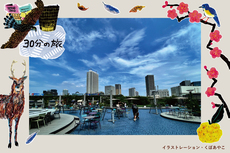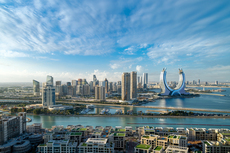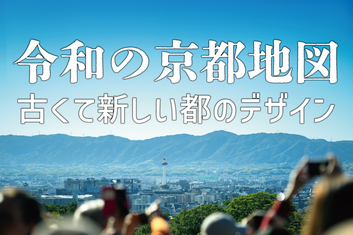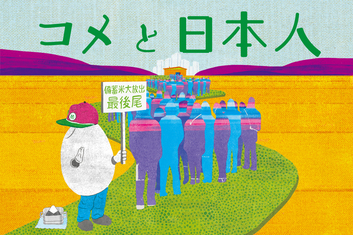Then, as it seemed like the cliff behind the evacuation center might collapse, one of the boys suggested that they move to an even higher place, which they did. Looking back on the road along which they had just come, a cloud of dust caused by the tsunami boiled high into the air. Around this time they encountered some young children fleeing from a local kindergarten. As they fled to higher ground, some junior high kids were leading elementary school children to safety, while others were pushing baby strollers. Before long the designated evacuation area was engulfed by the wave. But the children had just managed to reach higher ground.
Kamaishi Elementary School near Kamaishi Port was operating on shortened hours at the end of the school term, so most of the children had already left for the day when the earthquake hit. But all the children from this school managed to survive the tsunami.
One first-grade boy was alone in his house when the earthquake struck, but he did what he was taught at school and fled by himself to the evacuation area. A sixth-grade boy was at home with his brother, a second-grader, when it hit. "We've got to get out of this house," said the younger brother, but the elder brother persuaded the younger one that it wasn't the right decision and led him up to the third floor of their house instead. He had remembered what he saw on a video at school. The water level in the area around his house was already so high that adults were having difficulty walking, so it would have been impossible for them, he decided. These boys saved their own lives by themselves.
Beyond the expectations of even Japan's most tsunami-prepared towns
In towns in the Sanriku region of Japan, people's fear of tsunami has taken physical form. Records dating back to the Edo Era (1603-1868) show many cases of tsunami hitting the region. In modern times, more than 22,000 people died in the Meiji-Sanriku Earthquake of 1896, which had an epicenter off the coast of Kamaishi and caused tsunami all along the Pacific coast of Tohoku. Many people also died in the Showa-Sanriku Earthquake and subsequent tsunami of 1933, and in the tsunami following the Chile Earthquake of 1960.
Nevertheless people continued to live in Sanriku, taking their own defense measures against tsunami. Kamaishi, for instance, started to construct a tsunami wall at the entrance to its port in 1978. Thirty years on in 2008, it had completed a tsunami wall that went 63 meters underwater to the sea bed and was 6 meters above water. It extended 990 meters to the north and 670 meters to the south.
The village of Taro in Miyako-shi built Japan's largest tsunami wall, which stands 10 meters high. They started work on it right after the earthquake and tsunami of 1933, and finished the 2,433-meter wall in 1978. It’s known locally as "the Great Wall."
But the March 11 tsunami made it over these walls, and even evacuation centers and high ground considered safe and included in hazard maps made by local governments were damaged. These tsunami were truly beyond people's expectations. It doesn't mean that the tsunami walls and other efforts to ward off tsunami were a waste, but they were not able to stop the tsunami. That said, it's not financially viable to build even higher walls, and the residents of these areas, whose lives are deeply connected with the sea, will probably not want to live away from it.

















